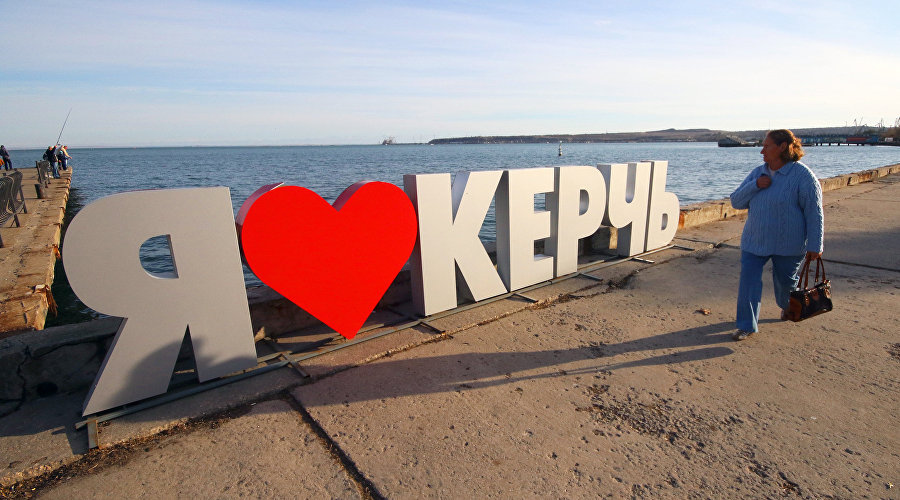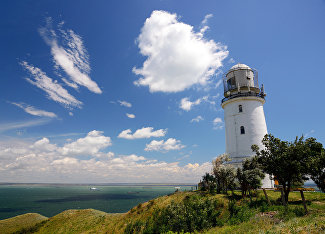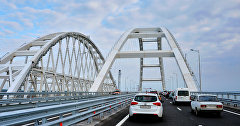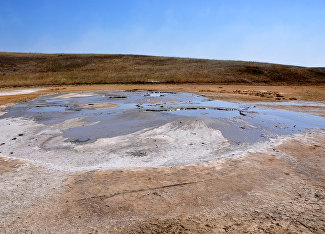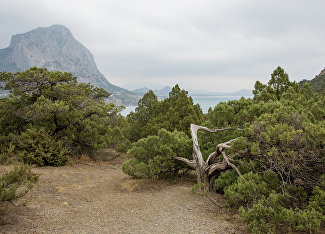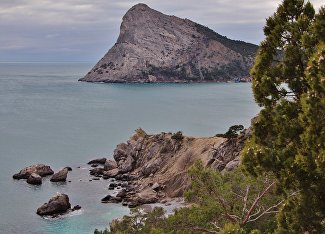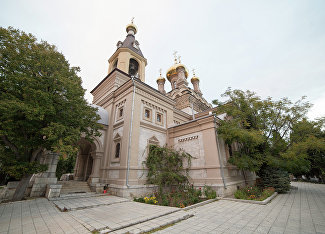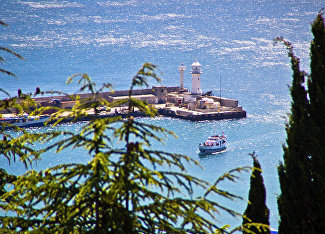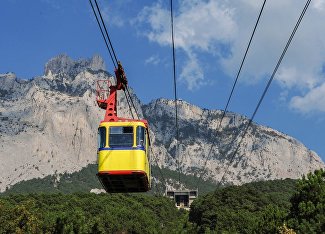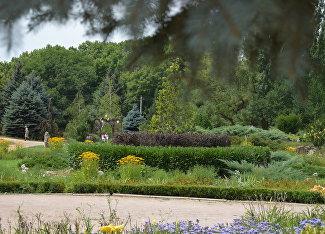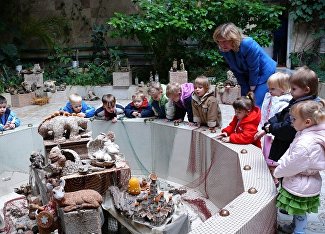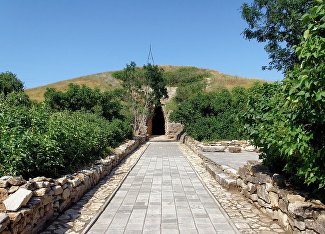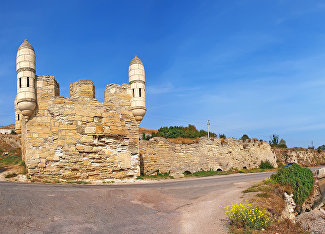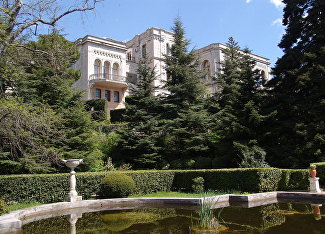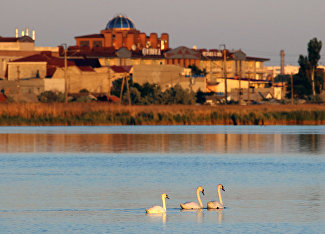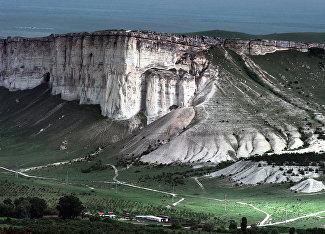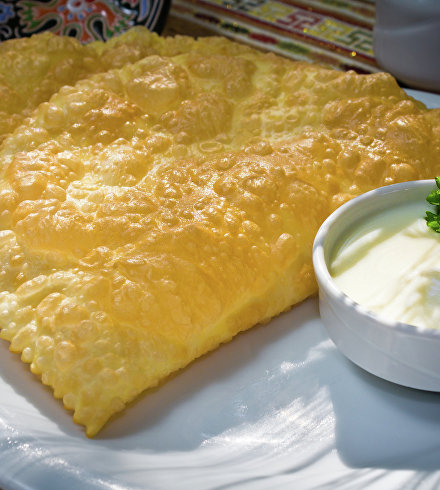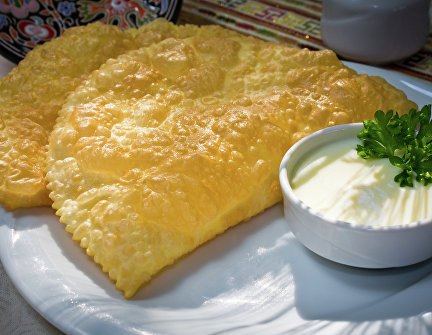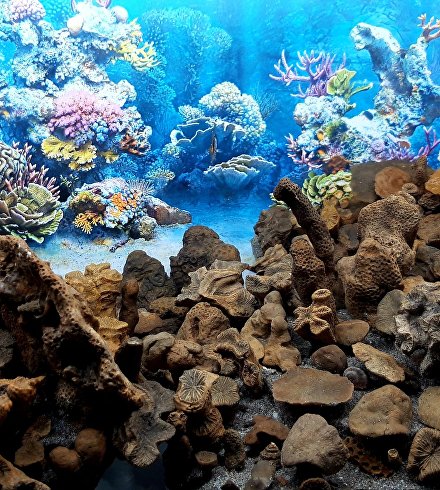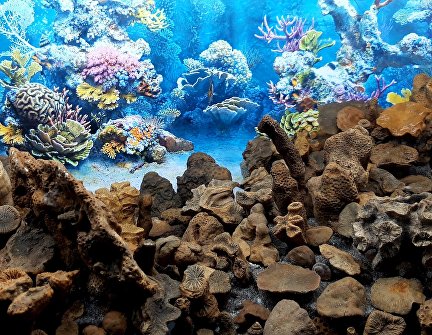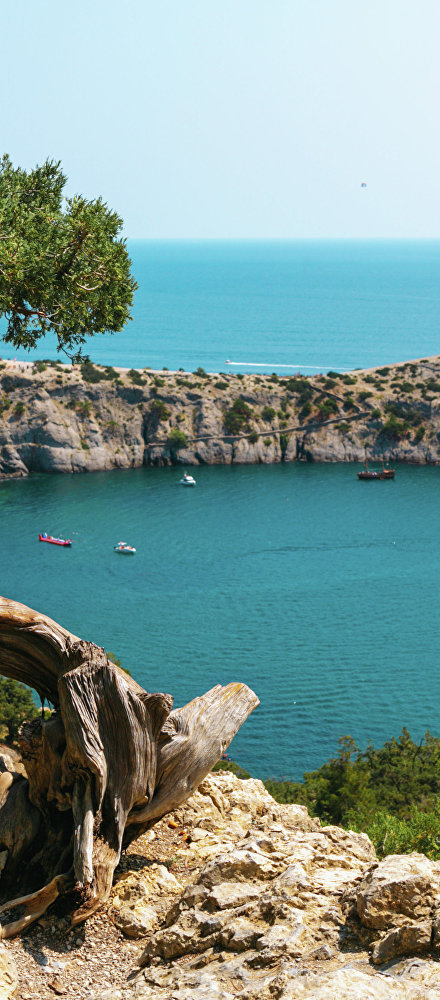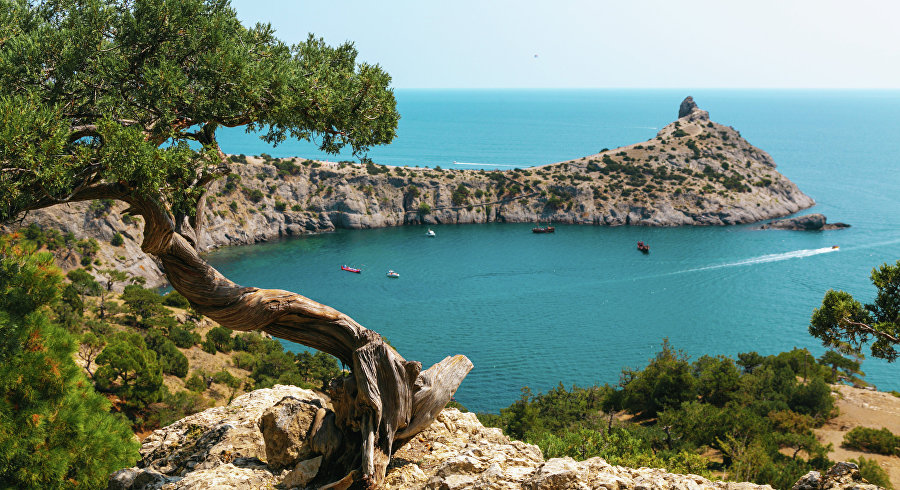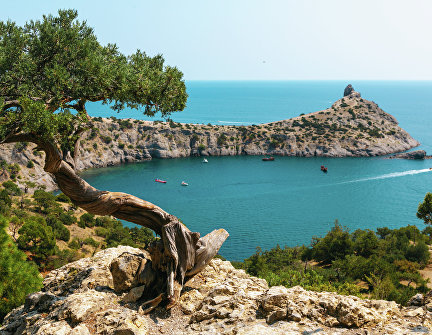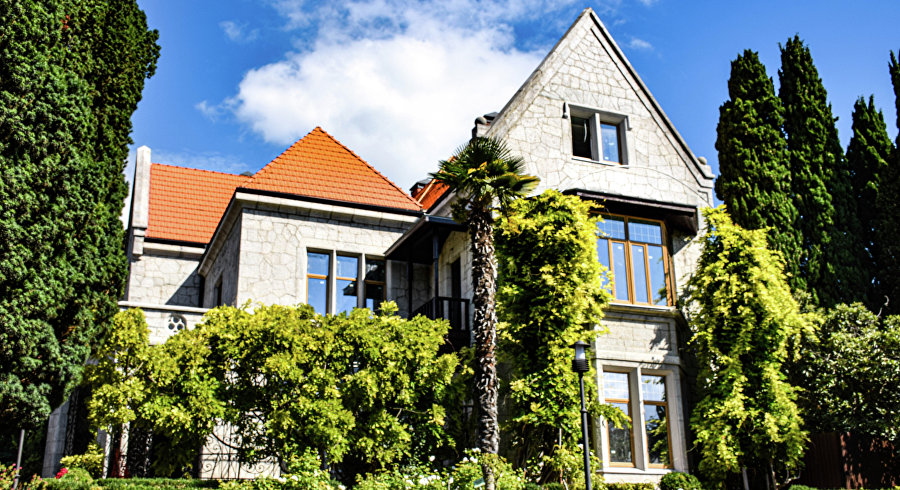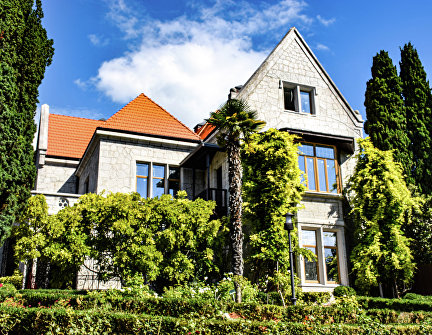Kerch's territory was already populated in the prehistoric times. In the late 7th century BC, Greek colonists founded Panticapaeum, which was soon surrounded by smaller towns: Myrmekion, Heraclius, Parthenius and others. Gradually, the territory on both sides of the strait was taken over by the Bosporan Kingdom and Panticapaeum became the capital in 480 BC.
Later the city was under the Byzantine Empire, the Turkic Khaganate, the Khazar Khaganate, the Tmutarakan Principality, and the Ottoman Empire. The city is unique as monuments from those historical periods have been preserved and continue to be explored by archaeologists.
Kerch has access to two seas: the Black Sea and the Azov Sea.
The city is located on the eastern shore of Crimea at the Kerch Strait. In 2018, the two shores of the strait were linked by the Crimean Bridge.
This is the peninsula's third largest city and also a hero city. During the Great Patriotic War, the frontline passed through the city four times. More than 85 percent of the buildings were destroyed. Only 30,000 people out of 100,000 survived until Victory Day.
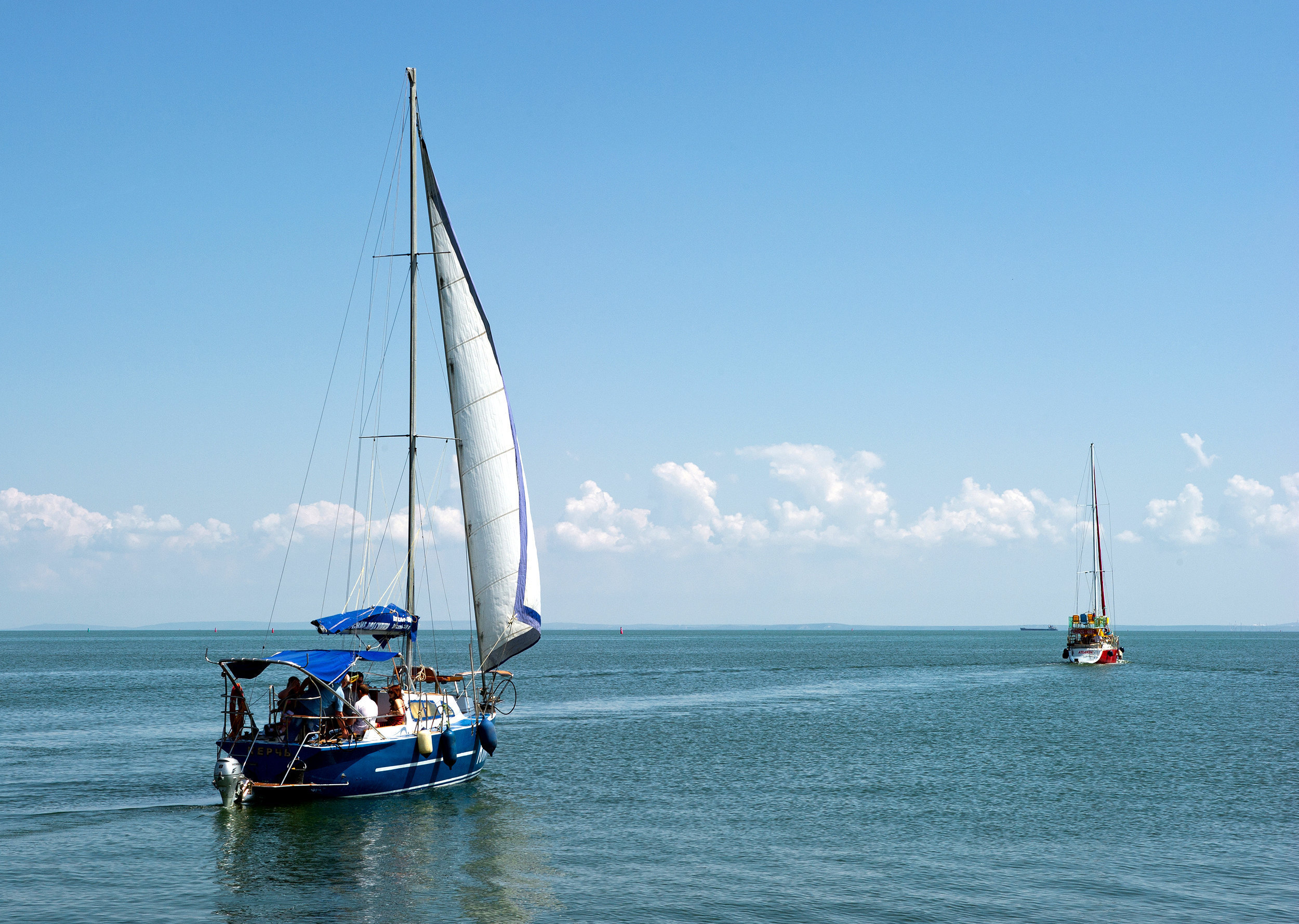
Name
The city's history is so long that it is hard to be certain about the origins of its name. According to one theory, the Slavic variant of the name, Korchev, is derived from the Slavic word "къркъ" which means "a bottleneck." During the Khazar Khaganate's rule, Kerch was called "Karsha," which meant "a marketplace."
Climate
The climate is affected by the two seas and proximity to the Caucasus Mountains. The local climate is moderate: summer highs may reach 35˚C. June usually has a lot of rain.
Winter is very mild but windy. It doesn't snow very often. The average temperature is —1˚С.
The swimming season opens in May. The average sea temperature in June is 21˚С or 22˚С, reaching 25˚С and 26˚С by August.
Things to see
- The Crimean Bridge is a major engineering achievement. The bridge is 19 km long. The motorway begins on the Taman Peninsula, passes through a 5 km dam and the Tuzla Island.
- Mount Mithridat is a 90 m high hill in the city, the site of the ancient Panticapaeum. The hill was named after King of Pontus Mithridates. There are several architectural landmarks dating back to different historical periods.
- The Tsarsky Burial Mound (4th century BC), the ancient city of Myrmekion (6th century BC to 10th century AD), the Cathedral of John the Baptist (8th century), the Melek-Chesmensky Burial Mound (4th century BC), the Demeter's Crypt (1st-2nd century) — this is just a short list of ancient landmarks open to visitors.
- The Yeni-Kale Fortress (8th century), a Turkish stronghold on the shore of the Black Sea.
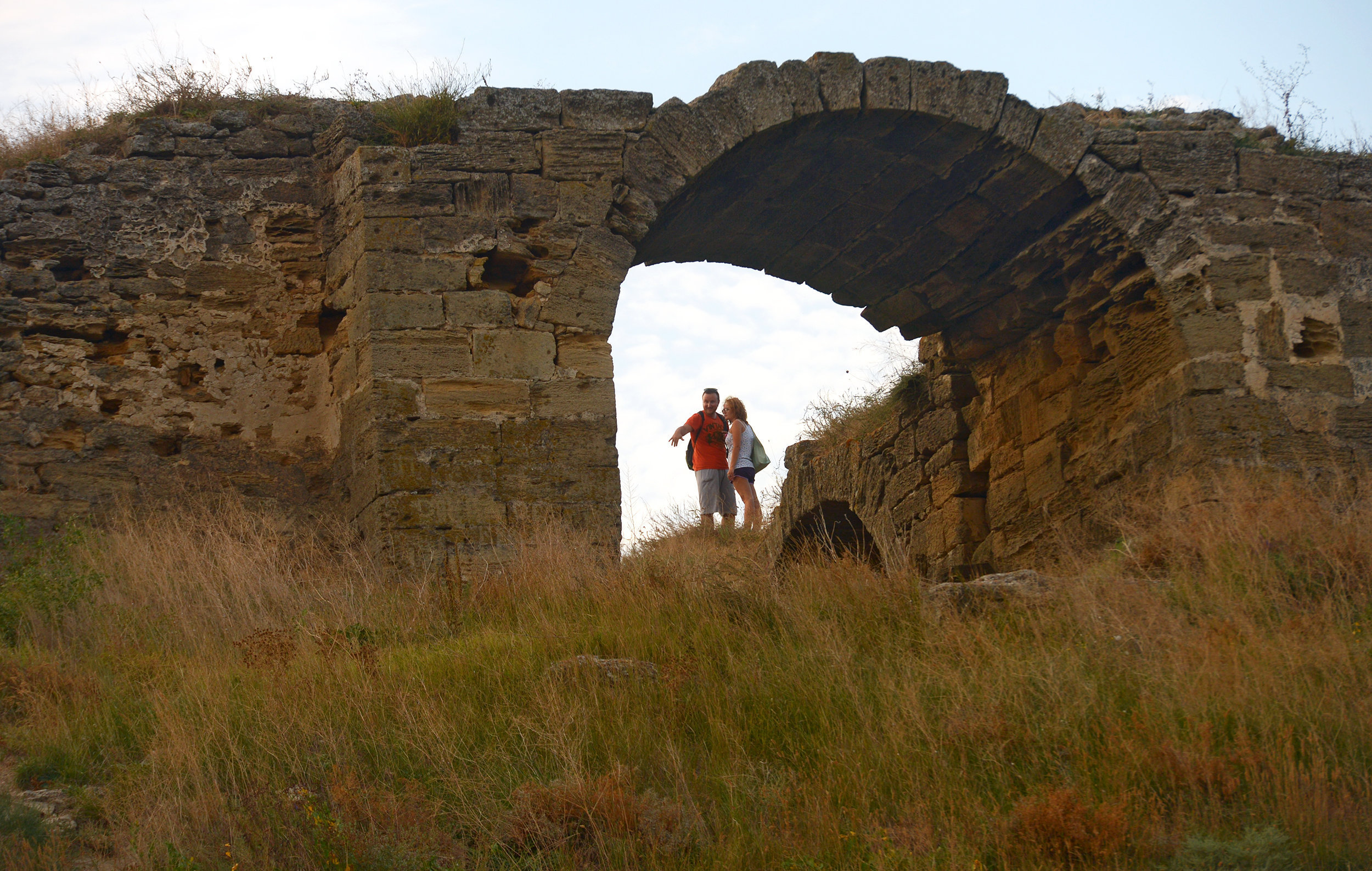
- The Kerch Fortress built in 1977. After Russia was prohibited from having fortresses on the Black Sea, General Totleben was ordered to build a stronghold that would not be seen from the sea. He managed the task brilliantly. The 420-hectare fortress is open to visitors.
- The Kerch Art Gallery and the Museum of the Eltigen Landing Troops.
- The Adzhimushkay Quarry, a system of tunnels where 13,000 people stood on the defensive in May 1942.
- The Bulganak mud volcanoes, 8 km from Kerch. They erupt from time to time, sending a fountain of mud up to 20 metres high in the air.
- The famous Chokrak salt lake with mineral springs at the bottom and therapeutic muds.
- The Opuksky Nature Reserve and the famous Lake Koyashskoye with pink water.See also
Bulganak mud volcanoes
Hotels and more
There is accommodation for every pocket in Kerch, including hotels, spa resorts and mini hotels. There are public beaches in the city and the nearby towns of Bagerovo, Geroyevskoye and others.
The so-called Generals' Beaches is the coastline along the Azov Sea divided into hundreds of small bays, a must for those who enjoy being outside and camping.
How to get there
Kerch is located on the eastern coast of Crimea, 300 km from the westernmost city, Sevastopol, 200 km from Simferopol and 260 km from Yalta.
A bus trip from Simferopol Airport will take four to five hours. Getting there by car will take three to five hours. Kerch has bus connections with every city in Crimea and a number of cities in other Russian regions, including Anapa, Derbent, Maikop, Novorossiysk, Rostov-on-Don, Pyatigorsk and others.
Right now, the city is connected by railway only to Feodosia and Dzhankoy. Once the railway section of the Crimean Bridge is opened, Kerch will also be connected to mainland Russia by rail.
